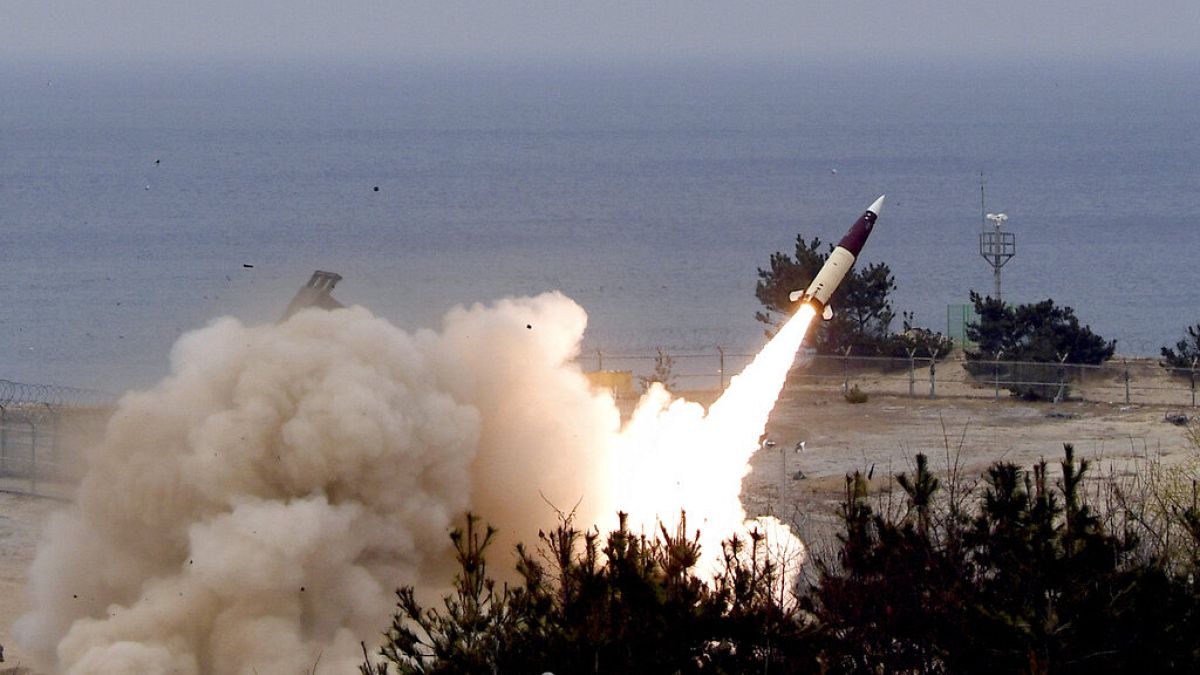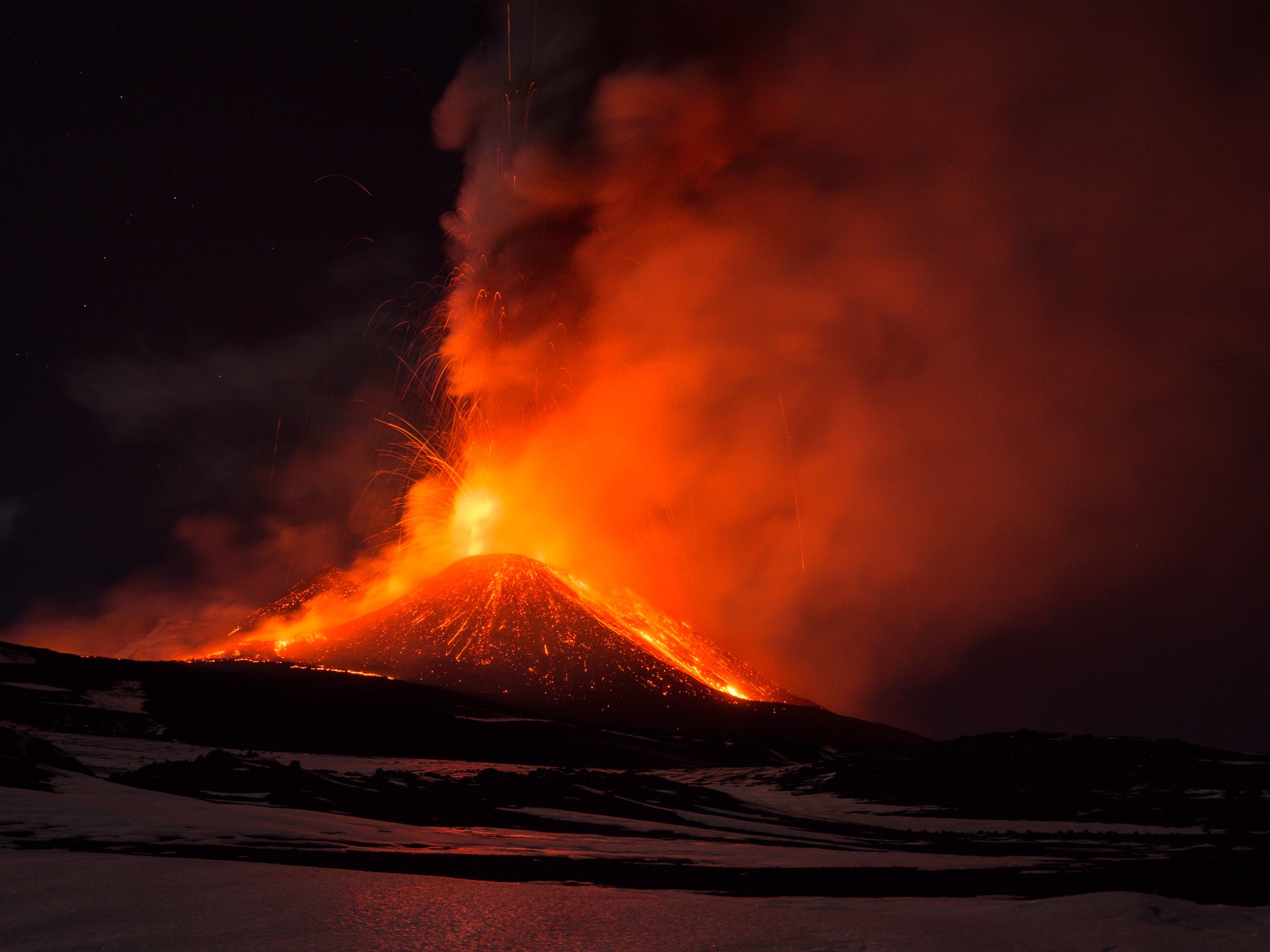A trip into a supermassive black hole has been simulated by NASA's supercomputer. In the shot, the camera approaches, briefly rotates, then crosses the event horizon of a massive black hole.
“People often ask about this, and simulating these hard-to-imagine processes helps me connect the mathematics of relativity to its consequences in the real universe,” explained Jeremy Schnittman, an astrophysicist at NASA's Goddard Space Flight Center who created the paper. Simulation.
The video also shows two types of situations: in one, the camera – a surrogate for the reckless astronaut – does not reach the event horizon, and in the other, it crosses its fatal border.
The destination is a supermassive black hole, about the same size as the black hole at the center of our Milky Way Galaxy, and about 4.3 million times the mass of the Sun. The event horizon for black holes created by stars with a maximum mass of 30 solar masses is much smaller, but the tidal forces that occur there are much stronger, so they can crush approaching objects before they reach the horizon. Digi24 wrote that this is because the gravitational pull at the end of the object closest to the black hole is much stronger than at the other end.
” width=”560″ height=”314″allowfullscreen=allowfullscreen”>
The event horizon of the simulated black hole is approximately 25 million kilometers in diameter (17% of the distance between the Sun and Earth), and is surrounded by the bright, hot swirling gases of the flat accretion disk.
The photon rings visible inside serve the same purpose, which also light up.
As the camera approaches the black hole, the accretion disk and photon ring undergo several distortions, as does the background sky view. Upon crossing the event horizon, the camera, along with the spacetime containing it, travels toward the center of the black hole at the speed of light. It is the point we call the singularity, where the laws of physics as we know them cease to exist. Once the camera crosses the event horizon, it only needs 12.8 seconds to reach the singularity at 128,000 kilometers, National Geographic explains.
” width=”560″ height=”314″allowfullscreen=allowfullscreen”>
In the other version, the camera fortunately avoids the event horizon and leaves its perimeter. Download video versions in high definition You can chargewho wants to monitor details on a large scale.























![Tom Clancy's The Division Heartland: Gameplay Leaked! [VIDEO]](https://thegeek.hu/wp-content/uploads/sites/2/2023/04/thegeek-Tom-Clancys-The-Division-Heartland-1.jpg)



















